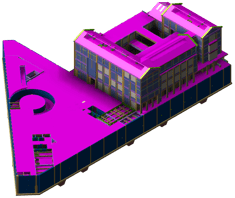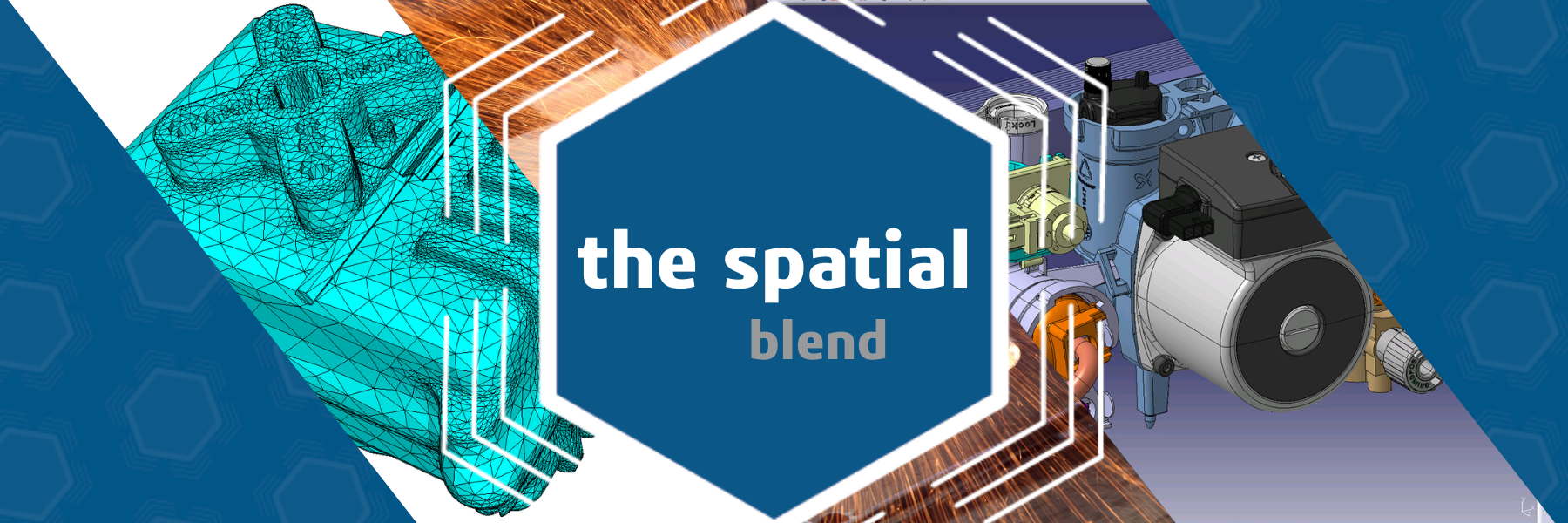Lubansoft

Lubansoft focuses on research, development, and promotion of building information modeling (BIM) technology. The company concentrates on construction-phase BIM technology projects, plus enterprise-level solution research and development and services.
The company’s enterprise-level building information modeling (BIM) system (Luban PDS) is an engineering basic-data platform that innovatively applies cutting-edge BIM technology to the entire process of project management for the construction industry. Lubansoft’s BIM application clients are mobile ready, able to support mobile office requirements of the construction industry.
In the past, Luban Architecture (a part of Luban PDS) used the 3D modeling function built into AutoCAD; however, AutoCAD’s strength is as a 2D drawing platform, and not as a 3D modeling engine. Because the 3D modeling kernel in AutoCAD is neither robust nor full-featured, it impacted both the performance of Luban Architecture, as well as resulted in a number of Boolean operation failures.
Along with limited 3D modeling capabilities, AutoCAD’s abilities in 3D visualization are also very limited. For example, displaying a relatively complex 3D BIM model, such as a 20-floor building, resulted in sluggish performance. This inability to effectively display complex 3D BIM models placed Lubansoft at a competitive disadvantage.
Given these shortcomings, Lubansoft’s development team replaced the AutoCAD 3D modeling kernel with 3D ACIS Modeler. By moving to an industry-proven solution with more than two million seats worldwide, Lubansoft’s applications can now achieve a significant improvement in their stability and performance, while benefiting from the robustness gained through thousands of use cases.
The result of Lubansoft incorporating Spatial SDKs into their products has led to a more effective and competitive BIM application suite. For more details, see the case study, Lubansoft Leverages Spatial SDKs to Build World-Class 3D BIM Toolsuite. 

